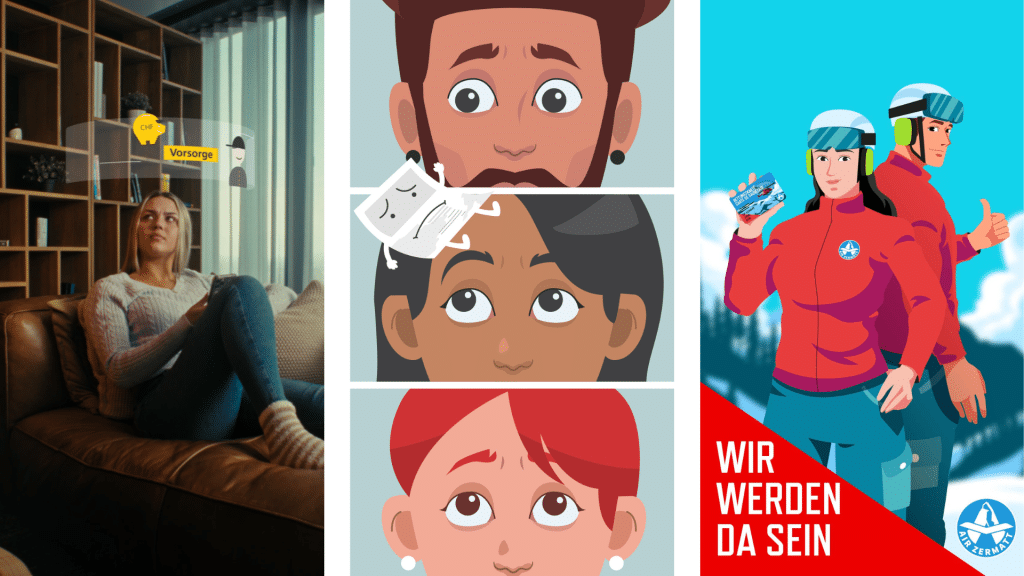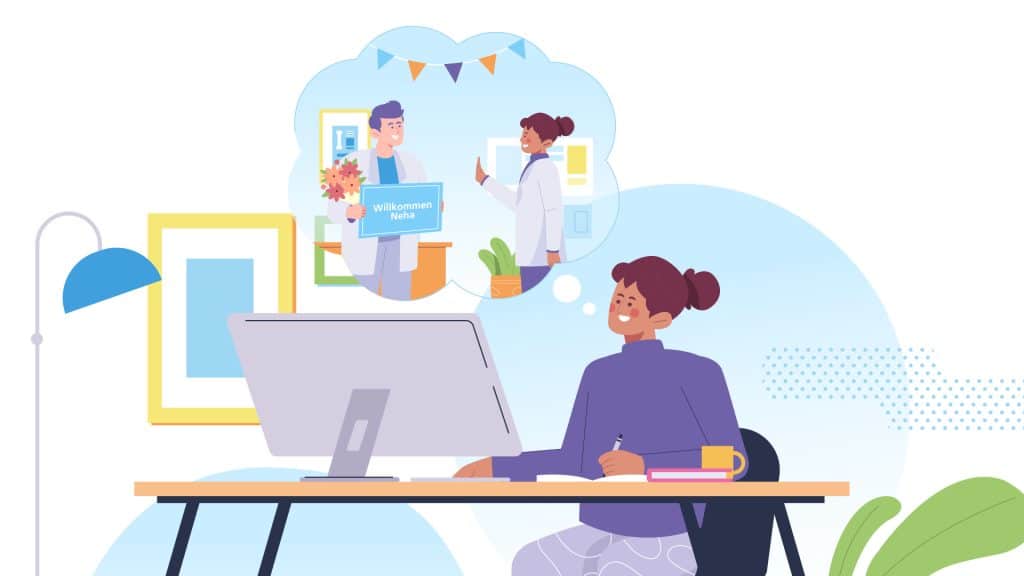Explainer videos in education are becoming increasingly important. They provide an effective way to present complex topics in a clear and engaging manner. Especially in schools, universities, and professional training, explainer videos can make learning easier and boost student engagement. In this post, we explore how explainer videos can enhance teaching and how educators and educational institutions can use them effectively.
The Cognitive Theory of Multimedia Learning
The Cognitive Theory of Multimedia Learning by Richard E. Mayer, a leading psychologist at the University of California, provides an important scientific basis for the use of explanatory videos. In his third edition of the book, published in 2020 “Multimedia Learning” Mayer explains that people process information better when it is conveyed via two channels: visual and verbal. He explains that learners who work with multimedia content have a better understanding and a higher retention rate.
One of his studies shows that learners who work with multimedia videos achieve up to 30% better learning results than those who only learn with text materials. This is because audiovisual content appeals to both the visual and auditory channels, significantly improving comprehension and retention.
The Benefits of Explainer Videos in Education
- Complex content explained simply
Explainer videos combine visual, auditory, and often interactive elements, which can significantly enhance learning success. Especially for complex subjects like science or mathematics, where abstract concepts are often difficult to understand, explainer videos offer a clear, illustrative alternative to purely text-based learning methods. - Flexible and self-directed learning
Another advantage of explainer videos is the flexibility they offer learners. Students can watch the videos anytime and from anywhere – in the classroom, at home, or on the go. This flexibility is especially valuable in the context of the “flipped classroom” approach, where learners prepare content at home and then deepen their understanding during class. This allows more time for discussions and hands-on practice during lessons. Students can pause, rewind, or watch the videos multiple times to better grasp challenging topics. - Increasing motivation and attention
Videos are entertaining and capture students’ interest more effectively than traditional teaching methods. With well-produced explainer videos, teachers can motivate their students through engaging stories, animations, and sound effects. Studies show that students learn better when they are emotionally engaged – an advantage that explainer videos offer through their compelling design. For example, a traditional lecture in mathematics, where a teacher dryly writes formulas on the board, can quickly become monotonous and demotivating for students. However, if the same topic is presented in an explainer video that includes animations, clear examples, and interactive elements, students’ interest and understanding increase. - Promote Inclusive Learning
With subtitles or sign language inserts, explainer videos can be made accessible. This way, people with hearing or visual impairments can also benefit.
Applications of explainer videos in education
Explainer Videos in School Education
Teachers use explainer videos to visually present complex concepts. An example from our portfolio is the explainer video for the meinKlett platform by Klett und Balmer Publishing. This video demonstrates how students can make the most of the digital learning platform.
Explainer Videos in Vocational Education
In career orientation and training, explainer videos can provide practical insights into various professions. One example is our video “Xenia’s Path to Car Developer” for SwissSkills. In this animated explainer video, not only is Xenia’s story told, but it also visually illustrates how young talents can achieve their dream job. The focus is on the educational path that one must follow to work in car development. Step by step, the video shows the different educational stages and how they build upon each other to reach the desired profession.
By using animations, complex educational paths can be presented in a simple and understandable way. Viewers get a clear overview of the steps required to achieve career goals – all in an engaging and easy-to-follow manner.
Explainer Videos in Higher Education
Many universities are using video content to make academic material more accessible. Explainer videos are perfect for online lectures and digital learning platforms.
Explainer Videos in Adult Education
Whether in further education or onboarding new employees, animated videos can help quickly convey complex company processes or new software solutions.
Interactive Explainer Videos and Learning Assessments
In addition to traditional explainer videos, interactive videos can also be used, where learners are actively involved. For example, they can make decisions or answer quiz questions to test their understanding. This form of video learning not only boosts attention but also promotes sustainable learning through direct application.
More examples from our portfolio from the education sector and 5 reasons why educational institutions love video design.
Create Explainer Videos Yourself – Tips for Educators and Educational Institutions
Targeted Storytelling
A clear and understandable story is key to a good explainer video. The target audience should always be the focus. Elementary school students require a different approach than teenagers or adults. The video should be structured into simple, step-by-step segments, ensuring the content is clearly organized and easy to follow.
Using Suitable Tools and Resources
There are numerous user-friendly tools and platforms available for creating explainer videos, which can be used even without much experience. Software such as Canva, Powtoon, or VideoScribe offer pre-made templates and easy animation tools, allowing educators to create videos at a low cost. Alternatively, educational institutions can hire external agencies to produce professionally crafted explainer videos.
Integrating Interactive Elements
Interactive videos that actively engage learners in the process are particularly effective. Quiz questions displayed at specific points in the video or tasks that directly apply the content help enhance understanding and allow students to immediately apply what they’ve learned. This transforms the video from a passive to an active learning tool.
Conclusion: Explainer Videos as the Key to Modern Learning
Explainer videos in education offer numerous benefits – from better understanding of complex topics to increased motivation and flexibility for learners. Scientific studies show that audiovisual content makes learning more effective and boosts engagement in the long term. Interactive videos, particularly those with assessments or quiz questions, can further enhance learning outcomes.
Whether in schools, universities, or adult education – the use of explainer videos is a valuable addition to teaching and offers a variety of ways to convey knowledge in a clear and lasting manner. Those who want to create explainer videos professionally can rely on user-friendly tools or the support of a specialized video agency.

Schedule a free consultation with our video experts.
Together we simplify your communication.
Dustin Bättig | CEO



